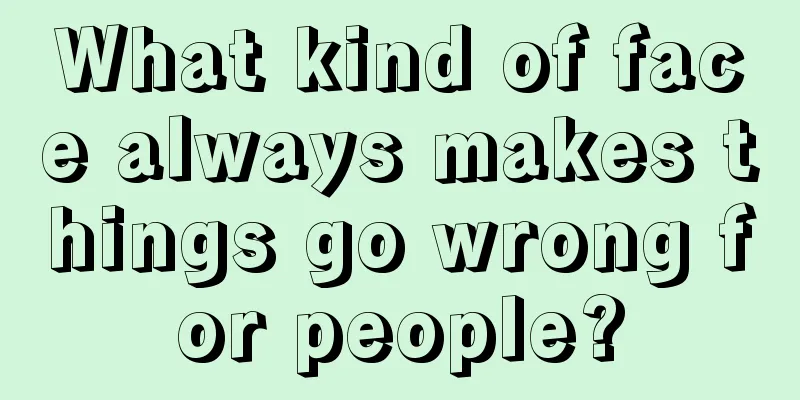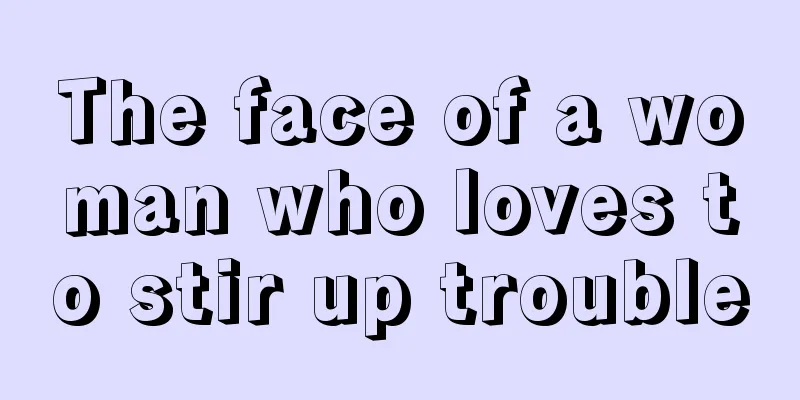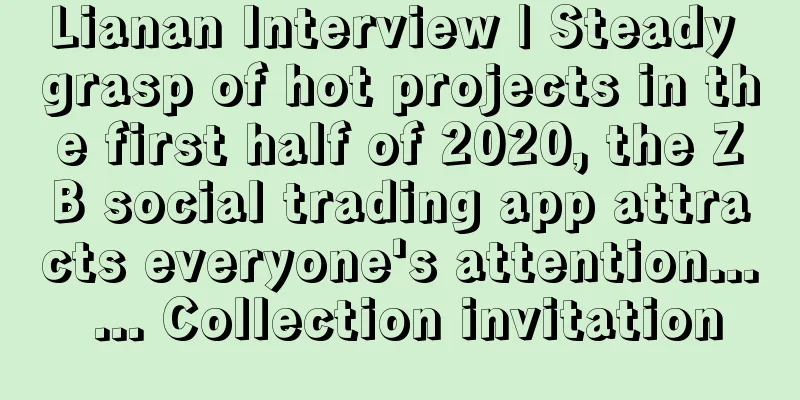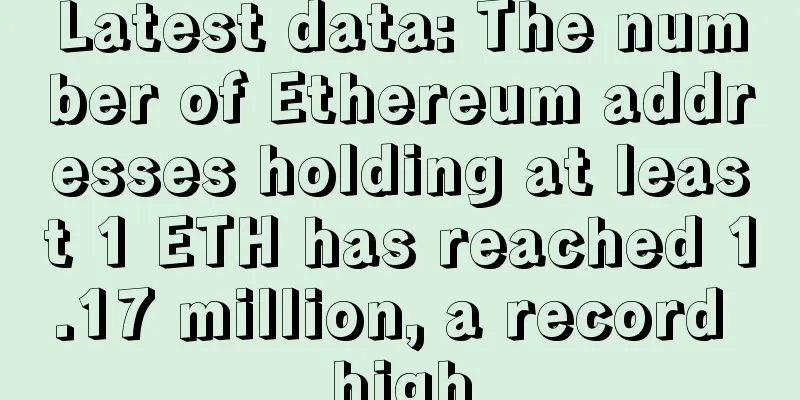ESMA seeks public opinion on blockchain regulation in Europe
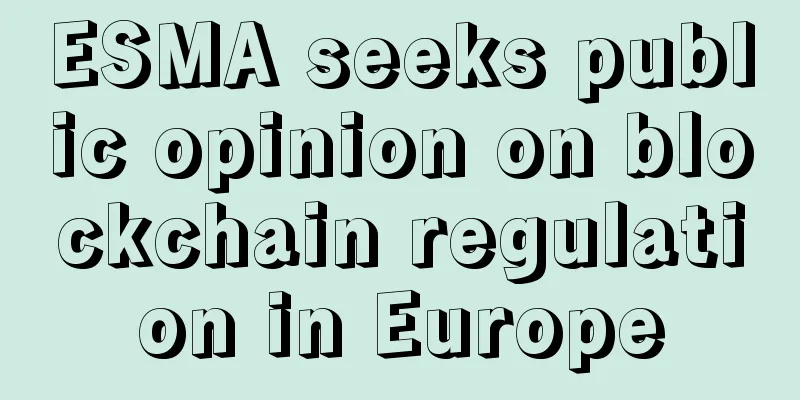
|
Rage Review : The European Securities and Markets Authority (ESMA) has solicited public opinions on the opportunities and challenges of distributed ledger technology (DLT), with a deadline of September 2, 2016. ESMA has determined the future of blockchain technology in Europe. In the article, ESMA outlines the potential advantages and risks of applying DLT to the European market, and analyzes how DLT should develop under current EU rules. The Pillsbury Blockchain Technology Focus Group can help prepare submissions to ESMA and the EU's blockchain technology strategy. Translation: Nicole The European Securities and Markets Authority has sought public input on the opportunities and challenges of distributed ledger technology (DLT) in its recently published discussion paper. The European Securities and Markets Authority (ESMA) has published a discussion paper exploring the potential application of distributed ledger technology (DLT) in securities markets. In the paper, ESMA outlines the potential benefits and risks of applying DLT to European markets and analyzes how DLT should develop under current EU rules. ESMA is seeking public feedback by September 2, 2016 at the latest. ESMA Determines the Future of Blockchain Technology in Europe ESMA is deciding whether and how to develop new regulations and is listening to industry input. Specifically, ESMA is looking for answers to the following questions:
DLT Advantages ESMA outlined what they see as the advantages of blockchain. Efficiency: DLT has the potential to improve reconciliation efficiency, reduce intermediaries, and automate processes, which can accelerate the clearing and settlement process of financial transactions. Moreover, the clearing and settlement processes of transactions can be combined and processed almost instantly, thereby reducing counterparty risk, speeding up the reconciliation process, and ultimately completing settlement. Tracking securities and other assets: DLT provides a unique reference system in the securities market, which can bring many benefits, including: making ownership records and asset protection more transparent; smart contracts can reduce uncertainty about contract terms and increase automation of certain post-trade activities; and improve the way market participants transfer collateral. Cost: DLT technology can also save costs and increase market security. Automation of certain process activities and direct access to information stored on the ledger by regulatory authorities can save costs. At the corporate level, the cost of maintaining individual ledgers and developing sustainable plans for the business will be reduced. DLT Risks ESMA also outlined the potential risks of DLT. Scaling: It is still unknown whether DLT can scale to meet the needs of a wide range of instruments and participants in the securities market. Moreover, DLT cannot be seamlessly integrated into the current market infrastructure, and a bridge needs to be built between DLT and incompatible traditional technologies. Limited trading: DLT has limited value in certain transactions. For example, in financial derivatives trading, the lack of a network will increase the need for collateral and capital. When securities trading is supported by DLT, it is very difficult to conduct short selling because trading on DLT requires owning the asset. Regulatory framework: New regulatory bodies may be required to use DLT in securities markets. For example, a set of rules must be designed to manage "permissioned" and "unpermissioned" networks, technology-related intellectual property and legal use areas, as well as fraud, errors, correction mechanisms and penalties for violations. In addition, from a technical and regulatory perspective, it is unknown how to deal with errors in DLT's immutable shared ledger. For regulators, a DLT network is very complex because different jurisdictions have different nodes. Interoperable ledgers may also increase systemic risk because the speed of communication between financial markets will be faster. Security: A successful cyberattack can expose a lot of information recorded in the ledger. The same is true when encryption technology is attacked. Fraudulent nodes can gain control of the network and manipulate the consensus process, private/public keys may be lost or stolen, and some fictitious transactions may be recorded. The risk of money laundering and terrorist financing is increased because it is very easy to hide identity information or transaction records on DLT. Request for Comments ESMA is slowly starting to form its own ideas about the role of blockchain technology in the European market. The opportunity is clear: position your institution as a reliable source of information for ESMA’s decision-making process and ensure your opinions are heard. The Pillsbury Blockchain Technology Focus Group can help prepare submissions to ESMA and the EU’s blockchain technology strategy. |
<<: From Modeling to Measurement: A Blockchain Solution for Live Music at Political Events
Recommend
What is a fret line? What do the worry lines on your hands mean?
What is a fret line? What do the worry lines on y...
The different destinies of ten eyes
The different destinies of ten eyes Eyes have alw...
Analyze whether a flat nose is good or bad
1. People with flat noses have weak personalities...
The face of a man with an extremely unhappy marriage, how can he improve his marriage luck?
Freedom is precious, but love is more precious. T...
How to judge face and personality
As the saying goes: Appearance reflects the heart...
What does it mean when a woman has a beard? Is it good to have a beard?
We know that usually men grow beards, but some wo...
Bitcoin is too volatile
This is the eleventh in a series of guest posts b...
How much impact does the life cycle of Filecoin network sectors have on miners?
As a small number of sectors have disappeared on ...
Which moles should never be underestimated?
Which moles should never be underestimated? The h...
Ethereum gas fees dropped to an average of around 54 gwei, the lowest so far this year
According to BlockBeats, on April 25, according t...
The personality of people with Fengmu eyes
Physiognomy is also known as anthropomorphism. It...
The facial features that will definitely make you rich
The facial features that will definitely make you...
What does a mole above the right eyebrow mean? Is it good for a woman to have a mole above her right eyebrow?
Moles in different positions do not grow randomly...
SEC Chairman Gary Gensler Remains Silent When Asked If Ethereum Is a Security
When asked whether Ethereum is a security, U.S. S...
Women with good fortune and good luck in marriage have these characteristics in their noses
Women who are lucky in wealth and bring prosperit...
